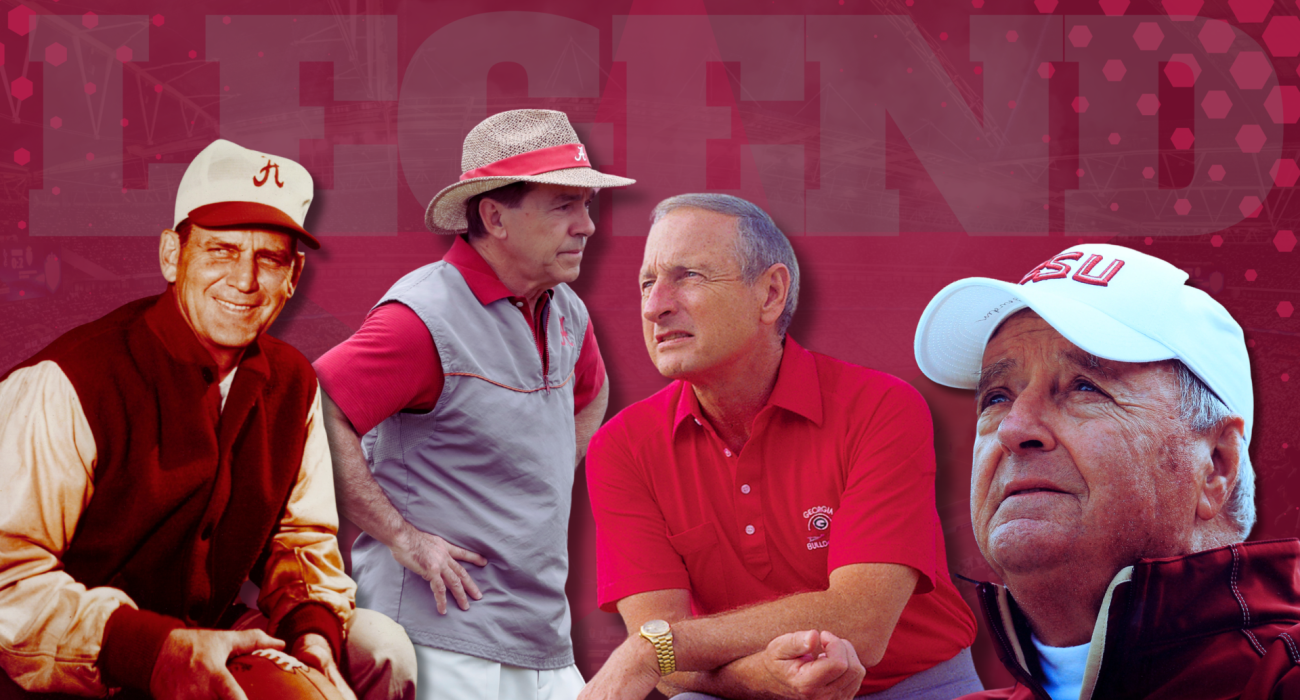Recent Features
Following the GOAT: The Great Pitfalls and Few Successes of those who Replaced Coaching Icons

There’s an unwritten warning among coaches that says it’s simply not a good career move to follow a legend. Better to be the guy after the guy who replaces him. Or, better yet, the guy after that. This past January, […]
Continue reading this article and more from top writers, for only $9.99/mo.
Already a TALEGATE Subscriber? Log in here.
Talegate Featured Athlete: Axel Gomez, Jasper High School
July 11, 2025
No Comments
One goal for Gomez. Two goals for Gomez. Five goals for Gomez! The No. 1-ranked Guntersville High School soccer team was frustrated as they watched …


